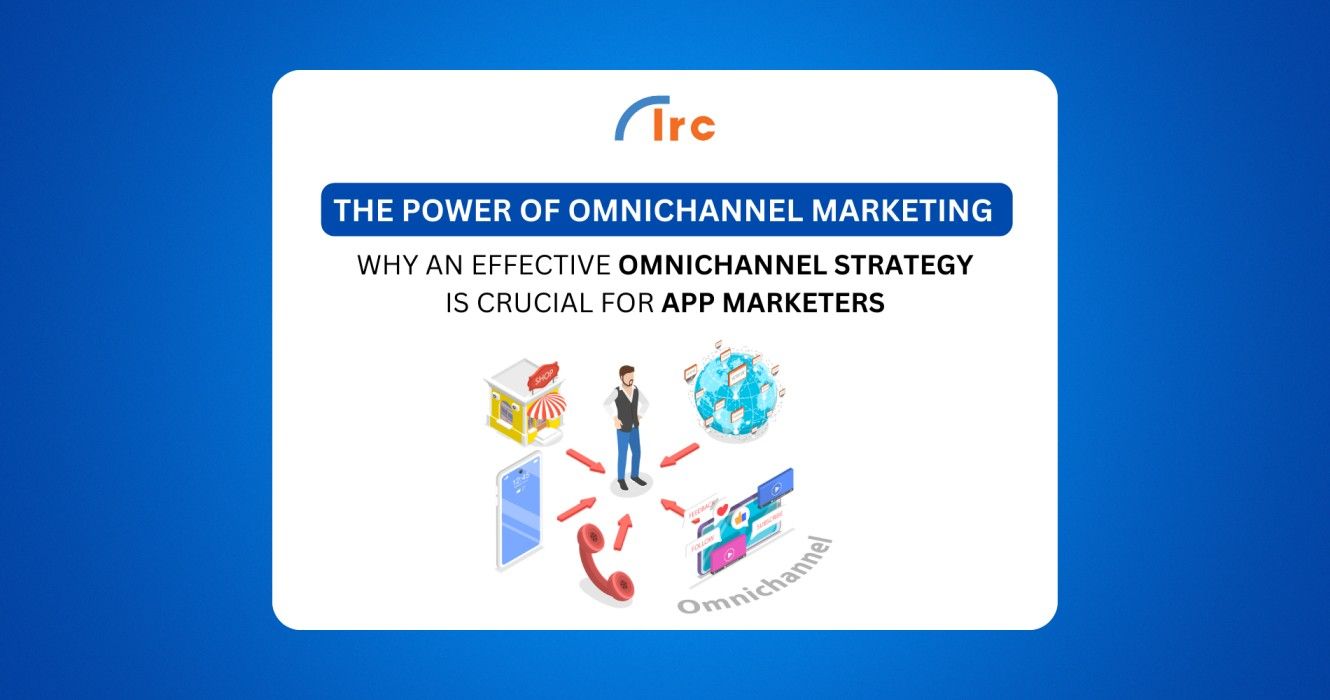The way customers engage with brands has undergone a remarkable transformation, evolving into a complex journey that seamlessly blends physical and digital interactions. From browsing on a smartphone to completing a purchase in-store or exploring products online, today’s consumers demand more than just availability—they expect an experience that feels unified and intuitive across every platform. To meet these heightened expectations, businesses must go beyond multichannel presence and create strategies that connect every interaction into a cohesive and engaging narrative. At the forefront of this evolution are mobile apps, which have become essential in driving successful omnichannel strategies, enhancing customer loyalty, and creating personalized experiences.
Decoding Omnichannel Customer Experiences
Omnichannel engagement is about delivering a unified experience across every touchpoint in a customer’s journey. Whether it’s interacting with a social media ad, exploring a product on a website, or finalizing a purchase on a mobile app, every step must feel interconnected and tailored to individual preferences. Studies show that companies with robust omnichannel strategies not only improve customer retention but also see significant increases in satisfaction and loyalty. According to PwC, nearly 73% of consumers rate a great experience as a key factor in their buying decisions, and many are willing to pay more for brands that deliver personalized and seamless interactions.
A well-executed omnichannel strategy allows customers to interact with a brand on their own terms, at any time and through any medium. Mobile apps, in particular, play a pivotal role in ensuring that all these interactions come together to form a harmonious and fluid experience.
The Role of Mobile Apps in the Omnichannel Ecosystem
Mobile apps have become indispensable in enabling brands to create personalized, real-time connections with their audience. Beyond their ability to engage users, these apps also provide valuable insights into customer behavior, tracking activities like browsing habits, purchase histories, and in-app interactions. By leveraging this data, businesses can develop comprehensive customer profiles that inform their marketing strategies and ensure that every interaction—from email campaigns to in-store promotions—aligns with the user’s preferences.
Simplifying Transactions with Mobile Apps: Apps also streamline the purchasing process through integrated features like mobile wallets, loyalty programs, and one-click checkout options. With mobile wallets projected to account for nearly 50% of all e-commerce payments by 2025, the importance of incorporating seamless payment options into mobile apps cannot be overstated. These integrations not only simplify the user experience but also maintain continuity between online and offline interactions.
Facilitating Multi-Device Journeys: Modern consumers often start their journey on one device, such as a smartphone, and complete it on another, like a desktop or tablet. Mobile apps play a crucial role in ensuring this transition is seamless. Google reports that over 60% of shoppers use multiple devices during their buying journey, underscoring the need for apps to act as a bridge between touchpoints and deliver a consistent experience.
How Arc by 3dot14 Enhances Omnichannel Strategies
While the benefits of omnichannel engagement are clear, implementing such a strategy requires seamless integration across platforms. This is where Arc by 3dot14 excels, using AI-powered insights to create personalized app discovery experiences that resonate with users. By analyzing engagement across channels, Arc ensures that every interaction is relevant and tailored, building trust and strengthening customer relationships.
Key Features of Arc’s Omnichannel Approach:
- AI-Powered Personalization: Arc’s advanced algorithms analyze user behavior to craft app recommendations that align with individual preferences. This not only drives app downloads but also fosters long-term loyalty and retention.
- Strategic OEM Partnerships: Collaborations with leading OEMs like Samsung, Xiaomi, and Oppo enable Arc to integrate app recommendations seamlessly into users’ daily mobile experiences. This deep integration ensures brands can connect with their audience across multiple devices and touchpoints.
- Dynamic Content Delivery: By delivering personalized content and targeted ads, Arc transforms app discovery into an engaging and interactive process. This approach enhances customer satisfaction while supporting broader omnichannel objectives.
Why Omnichannel Strategies Matter More Than Ever
In today’s competitive market, customers interact with brands across an average of six different touchpoints before making a purchase decision. Harvard Business Review found that omnichannel customers spend 10% more online and 4% more in-store than single-channel shoppers. Mobile apps serve as the cornerstone of these strategies, offering a platform to deliver consistent, personalized, and intuitive experiences that boost both engagement and revenue.
The Future of Omnichannel Engagement
As technology continues to advance, mobile apps will play an increasingly significant role in omnichannel strategies. Innovations such as augmented reality (AR) for virtual product try-ons, AI-driven chatbots for instant customer support, and integrations with Internet of Things (IoT) devices are reshaping the way customers interact with brands. Companies that prioritize optimizing their mobile app experiences today will be better positioned to thrive in this evolving, mobile-first landscape.
Final Thoughts
Delivering a seamless and personalized customer journey across channels is no longer optional; it’s a necessity. With Arc by 3dot14, businesses can leverage AI-driven insights, deep OEM integrations, and dynamic content delivery to transform their mobile apps into a cornerstone of omnichannel success. By doing so, brands can foster loyalty, boost conversions, and ensure long-term growth in an ever-evolving digital landscape.
